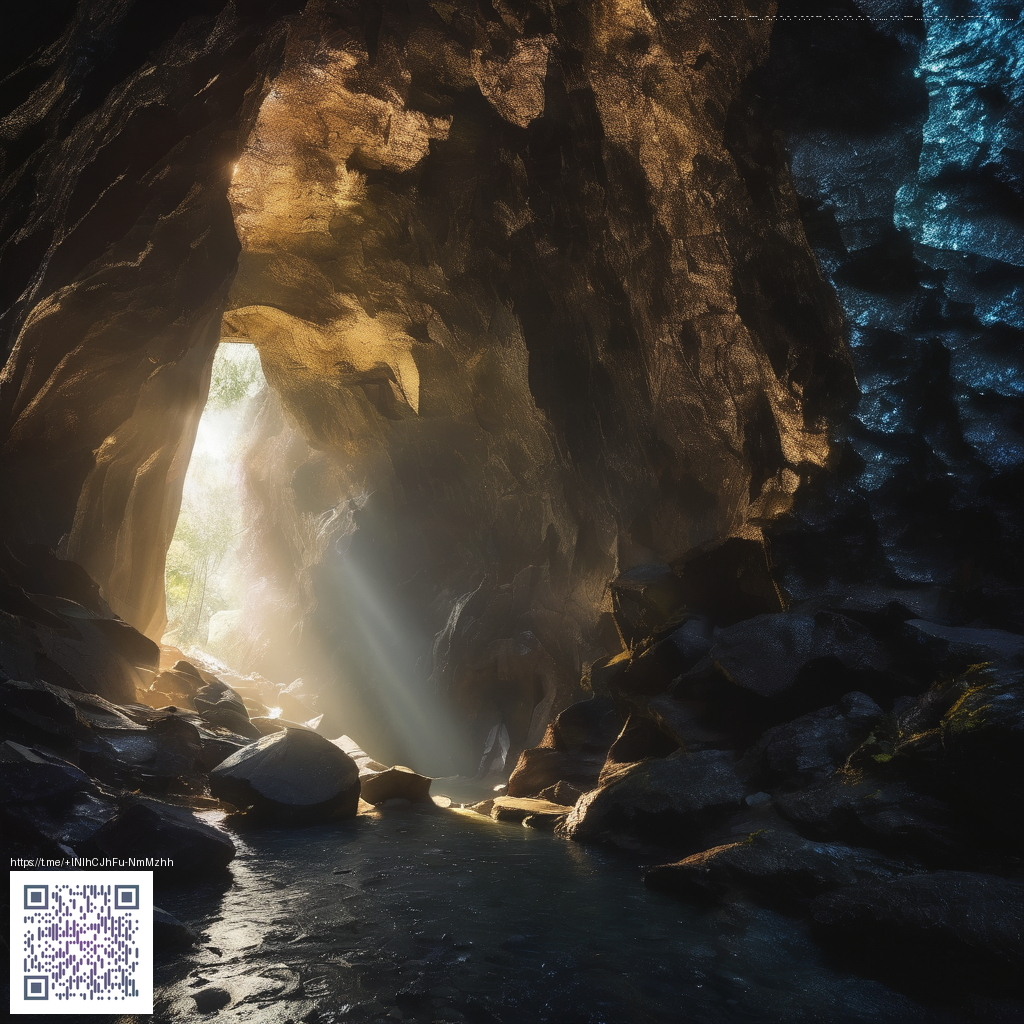
Crafting Minecraft Cosplay: Practical Ideas for Beginners and Pros
Minecraft cosplay isn’t just about slapping on a suit of blocks; it’s a creative blend of color, texture, and clever construction that lets you step into the pixelated universe with confidence. Whether you’re new to cosplay or a seasoned builder, the key is to break ideas into workable components: fabric choices, foam armor, prop replicas, and makeup that reads well from a distance. 🧰✨ This guide blends hands-on tips with playful inspiration, helping you translate a blocky world into wearable art that moves well and photographs beautifully. 🎮📸
Start with the Core Look: Characters, Builds, and Mob Inspirations
Begin by choosing a focal character or project that excites you. Options span from classic Steve and Alex silhouettes to iconic mobs like creepers or endermen, and even architectural builds transformed into wearable outfits. For beginners, it’s smart to start with a simple palette: two or three main colors, plus a few accent shades. As you gain confidence, layer in more complex shading and pixel details. A good rule of thumb is to map each major color block to a breathable fabric panel or a foam segment, making adjustments as you practice. 🧩
“The best cosplays start with clean lines and thoughtful color blocks—everything else is about refining the fit and texture.” 🎨
Materials that Move the Needle: Foam, Fabric, and Lightweight Props
For armor and oversized props, EVA foam is a go-to because it’s light, forgiving, and easy to shape with a heat gun. Craft foam sheets can become armor plates and pixelated armor trims, while fabrics like canvas or faux leather provide sturdy bases for capes, tunics, or pixelated sleeves. A well-balanced foam build feels sturdy without weighing you down, which matters on event days when you’ll be on your feet for hours. If you’re aiming for a glossy, digital look, add painted highlights and matte shadows to mimic the way light interacts with blocky surfaces in-game. 🧼🎯
Props that Read at a Distance: Pickaxes, Swords, and Shields
Props are where you can really lean into the Minecraft vibe. Build a pickaxe or a sword with a core of lightweight foam and a sealed outer shell to preserve shape. For shields, consider a plywood or foam core with a pixel-art front; you can print or paint a pixel design to match your character’s emblem. If you’re feeling tech-forward, subtle LED accents in gems or eyes can add drama during indoor photoshoots or convention nights. Remember to ensure all edges are smooth and safe for crowds. 🛡️💡
Makeup and Hair: Reading the Blockiness on Camera
Cosplay makeup should augment the silhouette rather than hide it. Use bold eyebrow shapes, sharp eyeliner, and color-blocked eyeshadow to echo the pixel aesthetic. Wig styling can help recreate short, blocky haircuts or iconic colorways. For those portraying in-game silhouettes, emphasize contouring that defines the jawline and cheekbones so your face reads clearly in photos. A touch of glitter or shimmer on armor edges can catch light in dynamic ways, giving your costume depth without sacrificing comfort. 💄✨
Wardrobe on a Budget: Thrift, Modify, and Personalize
Sizing up a cosplay outfit on a budget is a skill worth cultivating. Look for base garments in solid neon or earthy tones that you can repurpose into capes, tunics, or sleeves. Layer fabrics to create dimension, and use iron-on pixel patches to convey textures without sewing dozens of tiny squares. When you’re designing your build, keep a running list of the essential blocks you want to represent and budget for a few standout accessories that will elevate the overall look. Thrift stores, cosplay forums, and DIY marketplaces are gold mines for affordable textures and components. 🛍️💡
Desk and Workflow: Staying Organized While You Craft
For many cosplayers, a productive workspace translates to clearer concepts and better outcomes. A sturdy, eco-conscious desk setup helps you sketch, cut, and assemble with confidence. If you’re looking for a reliable desk accessory that blends aesthetics and practicality, consider the Eco-friendly vegan leather mouse pad (customizable, non-slip backing). Its non-slip surface keeps your cutting mats and templates in place while you iterate on pixel-perfect armor details. This small touch can streamline your process and reduce slips during precision tasks. 🧰🌱
Lighting, Photos, and Portability: Making the Most of Con Events
Lighting can transform your cosplay photos from good to great. If you plan to shoot in dim hallways or use a camera that benefits from controlled lighting, consider portable LED panels or a compact ring light. A lightweight, modular build also travels better—think detachable armor pieces or foldable foam sections that pack into a single backpack. When you’re polished on-camera, your audience can focus on the character rather than the complexity of your build. 📷🚀
Finding Inspiration and Staying Grounded
One of the most reliable ways to grow is to study other builders—note how they handle silhouette, color choice, and finish. Gather references from in-game screenshots, fan art, and convention galleries. This cross-pertilization helps you expand your own style while keeping your projects practical. For ongoing ideas and fresh perspectives, you can explore curated content at the resource page linked here: https://zircon-images.zero-static.xyz/4441173e.html. It’s a great jumping-off point for new techniques and collaborations. 🧠🤝
Final Thoughts for Beginners and Pros Alike
Creativity thrives when you mix method with play. Start with a solid blueprint, choose materials that balance heft and comfort, and allow room for experimentation. The goal isn’t to replicate every pixel perfectly on day one but to build a convincing silhouette and a believable story around your character. With each project, you’ll refine your patterns, finishes, and techniques, turning ambitious ideas into tangible cosplay experiences. And as you develop, remember to keep your workflow enjoyable—your future self will thank you for the patience you invested today. 🧪🧸